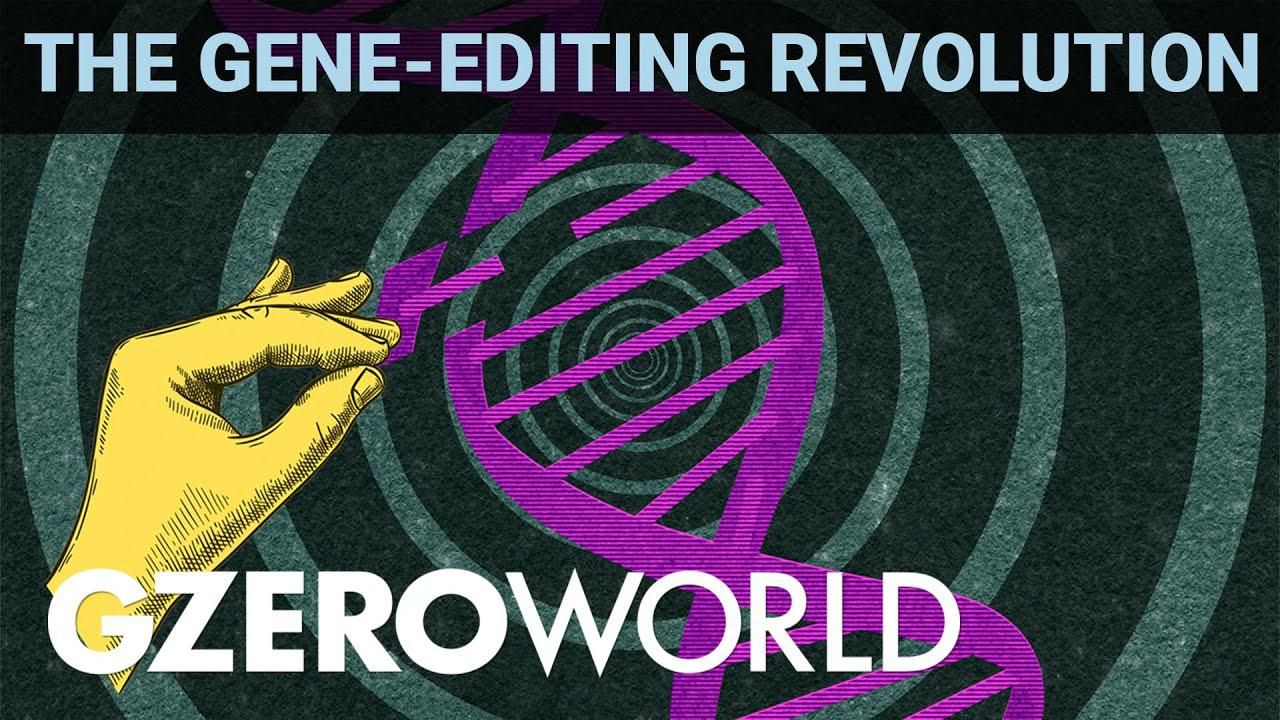GZERO World Clips
CRISPR and the gene-editing revolution

Ian Bremmer Explains: CRISPR and the Gene-Editing Revolution | GZERO World

CRISPR stands for Clustered Regularly Interspaced Short Palindromic Repeats. You don't have to remember that, but you should know that this new gene editing technique can literally change life as we know it. Through CRISPR, scientists are now able to precisely edit DNA sequences in living things. They hope to be able to cure genetic diseases like sickle cell anemia and hereditary blindness. CRISPR may even be used to treat cancer and HIV. There's a darker side to CRISPR. What about engineering soldiers who can fight without fear or pain? Many argue that using CRISPR technology—for good or bad—amounts to playing God and that its use should be halted altogether. Others, like the World Health Organization, see enormous potential for the science but want to put limits on its application to prevent humanity from bringing out our own worst traits. Ian Bremmer explains what we know and don't know about the brave new world of gene editing.
Watch the episode: CRISPR gene editing and the human race
A Democrat won Miami’s mayoral race for the first time in nearly 30 years. The Republican defeat will ring some alarms for the party – and their support among Latino voters.
Walmart’s $350 billion commitment to American manufacturing means two-thirds of the products we buy come straight from our backyard to yours. From New Jersey hot sauce to grills made in Tennessee, Walmart is stocking the shelves with products rooted in local communities. The impact? Over 750,000 American jobs - putting more people to work and keeping communities strong. Learn more here.